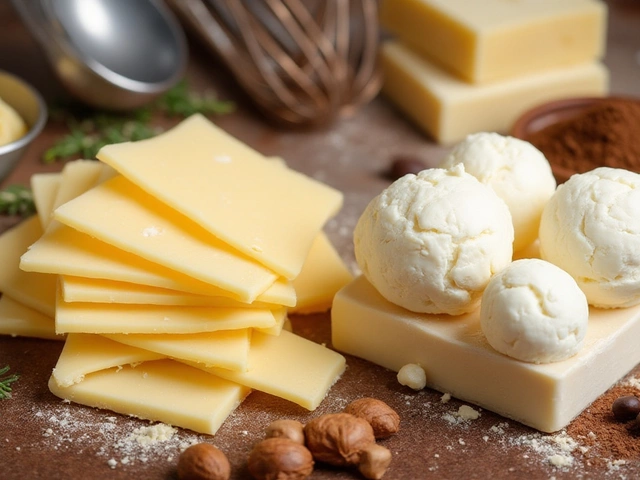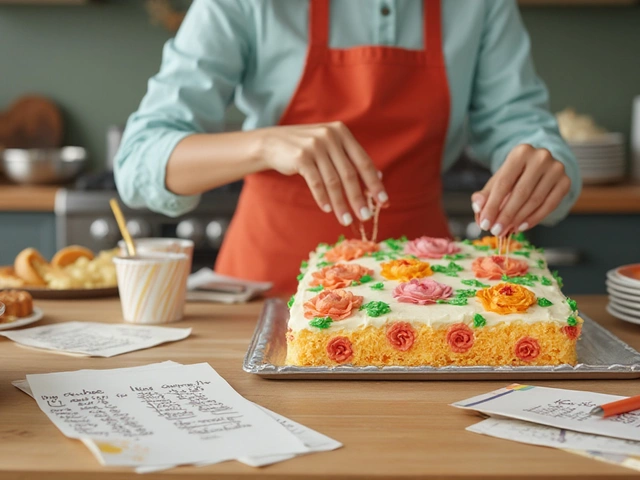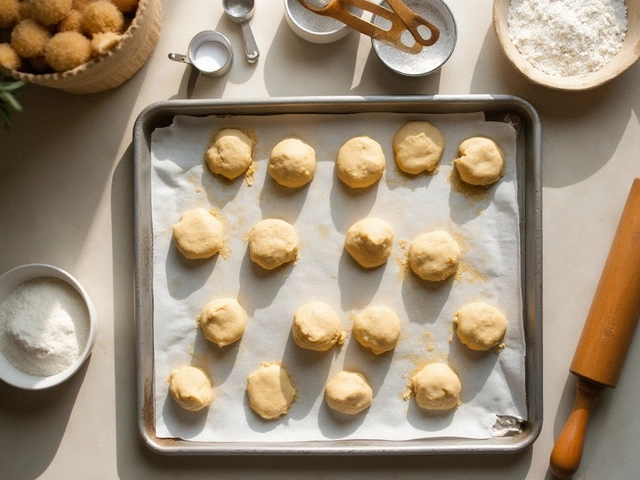Why Fudge Fails: Fix the Most Common Mistakes
If you’ve ever pulled a batch of fudge out of the pot and ended up with a hard brick or a grainy mess, you’re not alone. Most home cooks hit a snag at the same point – the temperature stage. In this guide we’ll break down the exact reasons fudge can flop and give you quick, practical fixes you can try right away.
1. Missed Soft‑Ball Stage
The soft‑ball stage (around 235‑240°F / 112‑115°C) is the sweet spot where sugar crystals stay dissolved and the final texture stays creamy. Too low and the fudge stays liquid, too high and it turns grainy or hard. Use a reliable candy thermometer, and don’t trust your eyes alone. If you don’t have a thermometer, the “cold water test” works – drop a tiny spoonful into cold water; it should form a soft ball that you can roll between your fingers.
2. Stirring at the Wrong Time
Stirring is a double‑edged sword. If you stir too early, you introduce crystals that make the fudge grainy. If you wait too long, the mixture cools and becomes impossible to smooth out. The sweet spot is right after you remove the pot from heat and the temperature drops to about 110°F (43°C). At that point, a gentle, steady stir for 2‑3 minutes creates a glossy, smooth finish.
Another common trigger is using a metal whisk that scratches the bottom of the pan. Those tiny metal bits become nucleation points for crystals. A silicone spatula or wooden spoon is safer and gives better control.
3. Wrong Pan and Humidity
Heavy‑bottomed, non‑reactive pans distribute heat evenly and prevent hot spots that can overcook part of the fudge. Thin, cheap pans often cause uneven heating, leading to hard patches. Also, high humidity adds extra moisture to the sugar syrup, which throws off the temperature reading. If you live in a humid area, consider a dehumidifier in the kitchen or simply wait for a dry day to make fudge.
4. Incorrect Ingredients Ratio
More sugar than the recipe calls for sounds harmless, but it raises the boiling point and makes the fudge too firm. Stick to the exact measurements – a kitchen scale is worth its weight in gold for candy work. Also, using brown sugar or substitutes can change the chemistry, causing a softer or gritty result.
5. Skipping the Resting Phase
Once you’ve poured the fudge into the pan, let it sit undisturbed for at least 30 minutes. Moving the pan or tapping it resets the cooling process and can cause cracks or separation. Patience here pays off – you’ll get a clean cut and a smooth bite.
Now that you know the usual culprits, try this quick rescue trick: if your fudge is already grainy, melt it gently over low heat, add a splash of heavy cream, and stir until it smooths out. The extra fat helps dissolve stubborn crystals.
Ready to put these tips into practice? Grab your thermometer, measure carefully, and remember to stir at the right moment. With a bit of attention to temperature, pan choice, and timing, your next batch will be the creamy, melt‑in‑your‑mouth fudge you’ve been craving.

Mastering Fudge: Why Rainy Days Can Ruin Your Recipe
Fudge making can be tricky, especially on a rainy day. Moist air affects the sugar crystallization process causing fudge to be grainy and less smooth. Learn how humidity impacts fudge making and find tips to perfect your recipe regardless of the weather. Discover the science behind fudge-making and the best conditions for a creamy result.
View More




